Follow these recommendations to reduce the likelihood of flood damage to your business.
1
Know your flood zone
Look up your property on your local flood map by visiting FEMA’s Flood Map Service Center or by contacting your city or county government. Note: Flooding can occur outside of high-risk flood areas on the flood map. Learn more at floodsmart.gov.
2
Learn your BFE
Learn the base flood elevation (BFE) for your property and determine whether the elevation of your building’s lowest floor is above or below the BFE.
If below, consider elevating your structure to reduce the chances it will flood. Buildings should be at least 3 feet above the BFE to account for higher-than-expected flood levels.
3
Employ dry floodproofing techniques
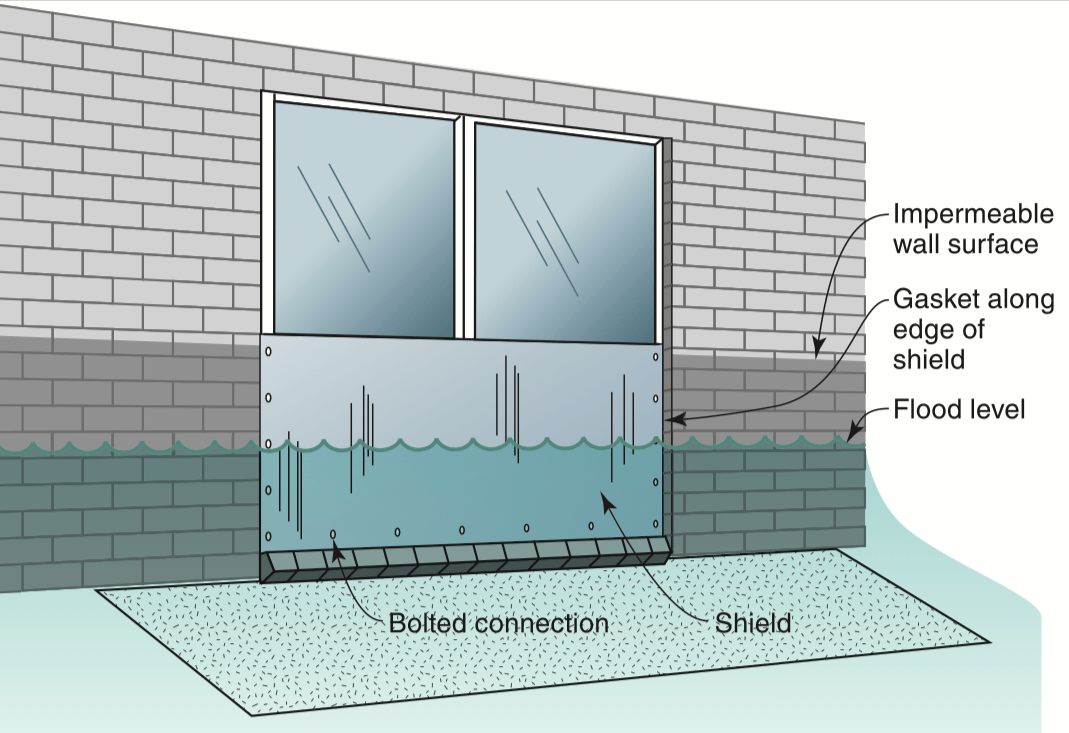
If your building is in or near a flood-prone area, consider utilizing these dry floodproofing techniques to make your building watertight and prevent floodwaters from entering.
- Keep a supply of flood-protective materials/products on hand to help divert water away from the building such as water-absorbent barriers or sandbags, or plastic sheeting/tarps for relatively shallow flooding.
- Install watertight shields over all doors and windows at least 3 feet above the BFE or the 500-year flood level, if known. The type of barrier used will depend on the size and type of opening.
- For temporary protection of large sections of a building such as large commercial doors or entranceways that may be exposed to deeper flood waters, water-filled barriers can be interconnected and stacked to divert water away from openings.
- Install moveable flood gates, permanent swing flood doors or submarine doors (the latter two options provide permanent flood protection for deeper water) if feasible.
- For repetitive deep and prolonged flooding, permanent flood walls that surround the property may be considered.
4
Purchase flood insurance
Purchase flood insurance, especially if you find you are in or near a high-risk flood zone (Special Flood Hazard Area). Flood insurance is provided through the federal National Flood Insurance Program (NFIP), and can be purchased through private insurance agents and companies.
5
Landscape with native plants

Landscape with native plants and vegetation, which can help prevent soil erosion and allow flood waters to drain more efficiently.
6
Raise electrical components
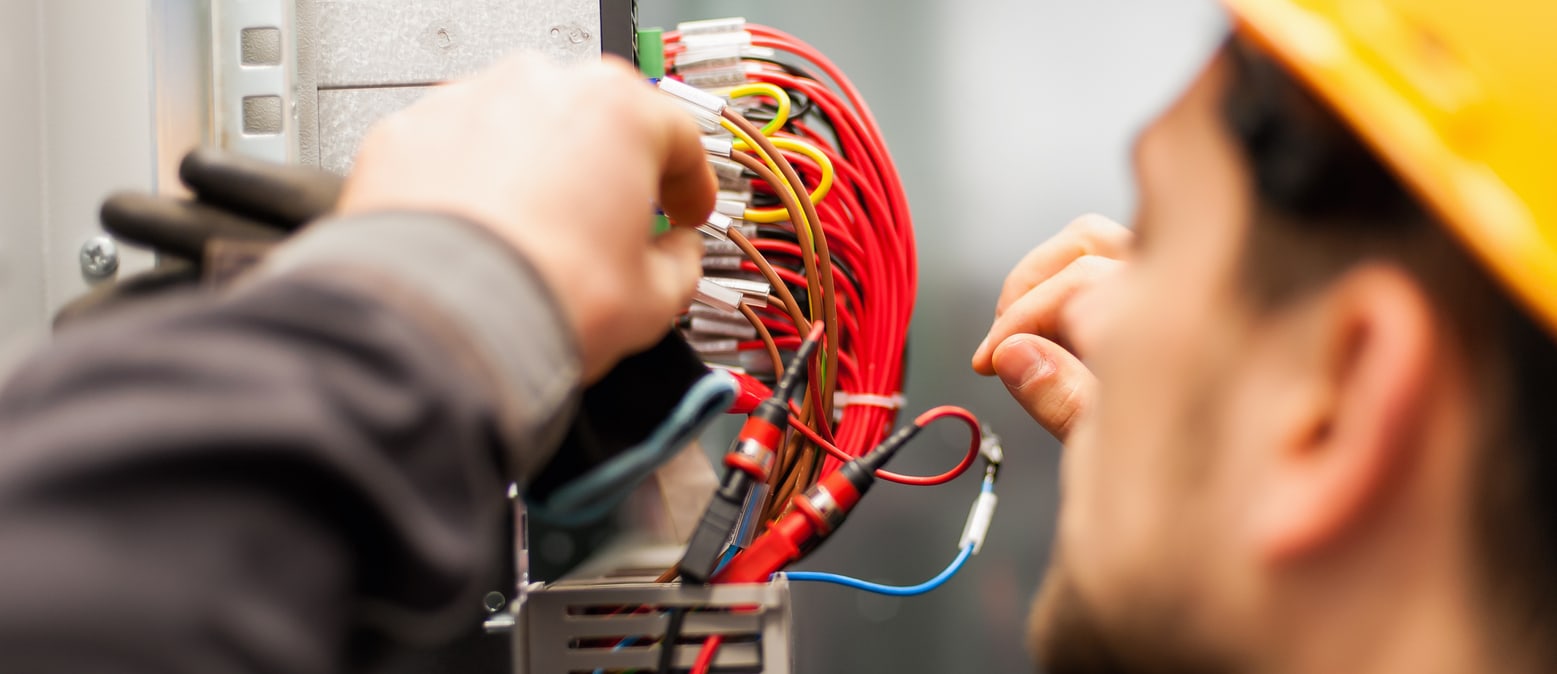
Hire a licensed electrician to raise electric components (switches, sockets, circuit breakers, and wiring) at least 12 inches above the BFE for your area. This will help prevent damage to the electrical system and reduce the chance of fire from short circuits in flooded systems.
7
Raise or floodproof HVAC
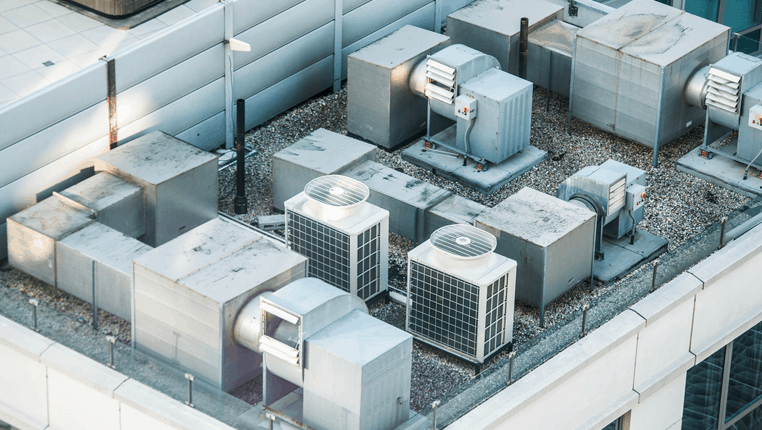
Raise or floodproof heating, ventilation, and cooling (HVAC) equipment to prevent damage. Have a contractor move it to an upper floor or build a floodproof wall around the equipment.
8
Use flood-resistant materials
Use flood-resistant materials where possible, including floor coverings, wall coverings, and wall insulation. Most flood-resistant materials can withstand direct contact with water for at least 72 hours without being significantly damaged.
9
Provide backup power
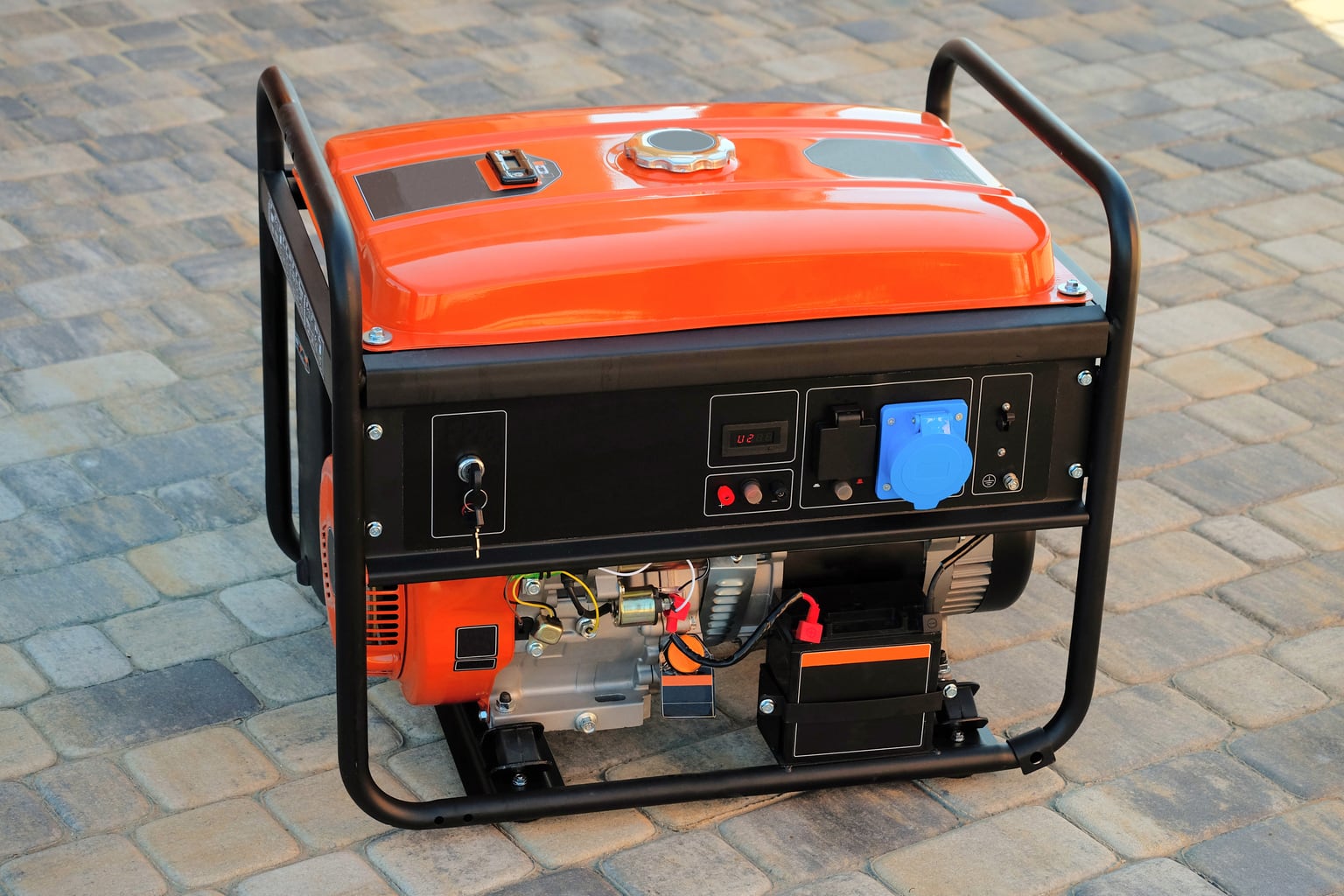
Backup electrical power can be critical for reducing recovery time. Plan in advance for backup power needs for vital equipment needed to resume operations. Consider power for mechanical equipment such as your air conditioning systems too, since this can reduce humidity and moisture levels, which will help dry materials and inhibit mold growth. Ensure backup power and related equipment is elevated and/or protected from flood waters.
10
Know the location of disconnect valves and cut-off points (gas, water, electricity)
11
Seal cracks
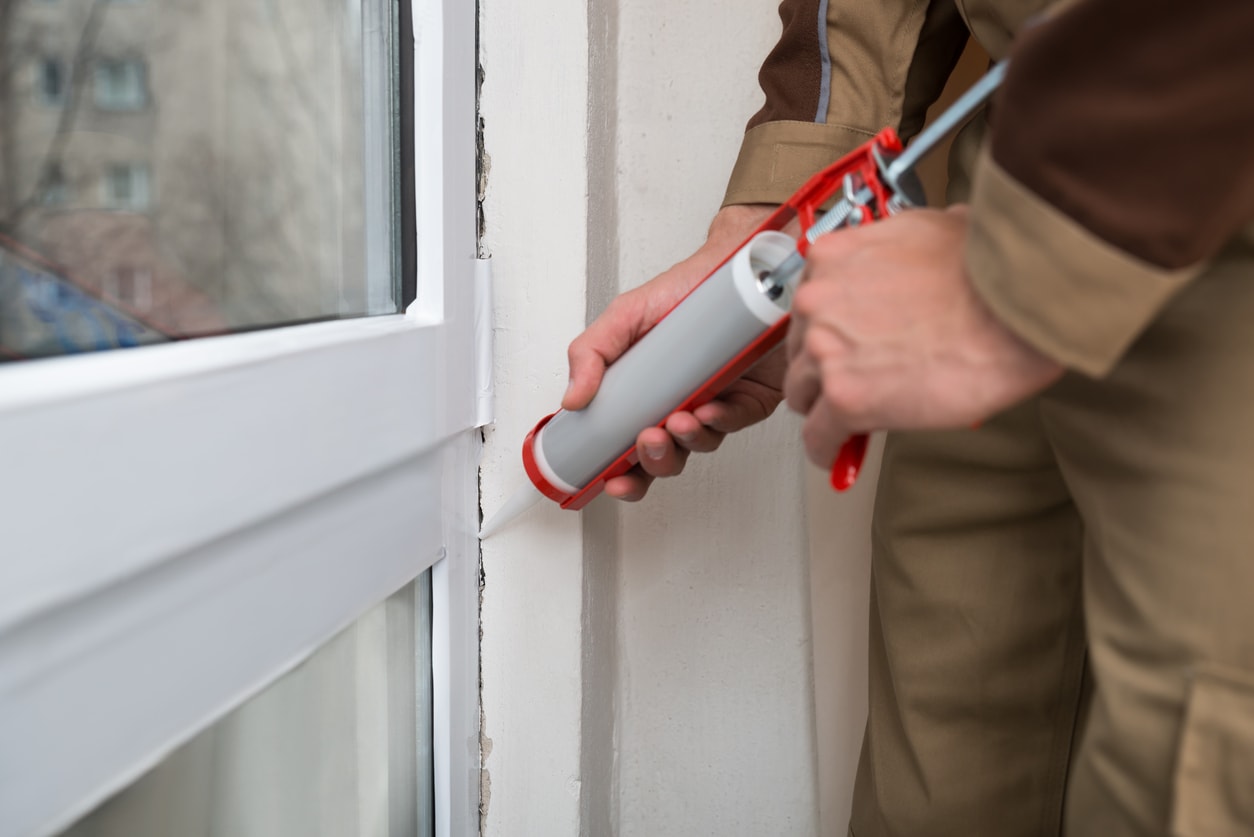
Use high-quality urethane-based caulk to seal cracks and utility pipe penetrations.
12
Apply waterproof coating
Apply a waterproof coating or membrane to exterior and/or basement walls, particularly to where leaks have occurred.
13
Check downspouts
Ensure downspouts funnel water away from the building to prevent rainwater from accumulating near the building’s perimeter.
14
Check slope
Make sure the slope of the land directs water away from the building.
15
Anchor fuel tanks
Anchor fuel tanks, which can otherwise damage your building or be swept downstream, damaging other properties. When they break away, the contents may leak, creating fire, explosion and pollution risks that can adversely affect health and the environment.
16
Install sewer backflow valve
Have a licensed plumber install an interior or exterior sewer backflow valve to prevent sewage from sanitary sewer lines from backing up through drain pipes into the building.
17
Use a sump pump
Purchase or arrange to lease a portable sump pump and have it connected to a generator or battery backup. Consider installing a sump pump backup, which automatically begins pumping during power outages, when the main pump fails or when water flow exceeds the capacity of the main pump. Regularly test the backup power system, and make sure batteries are always fresh.
18
Inspect wells
Have a licensed well-drilling contractor inspect your well and suggest improvements to protect it from floodwater contamination.
19
Move valuables
Do not store valuable equipment, documents, or inventory in any crawlspace or basement where flooding is possible.
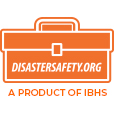
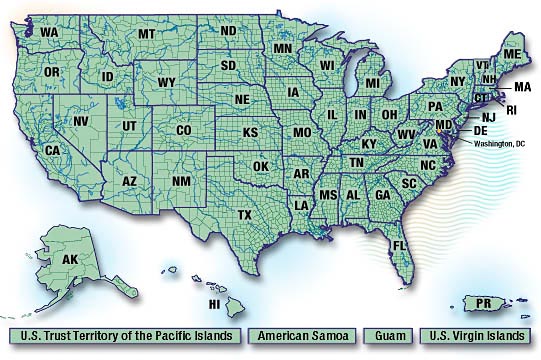






12 Comments